序列绑定字段与不绑定字段的区别
绑定字段
构造数据
drop sequence if exists test_id_seq;
create sequence test_id_seq;
drop table if exists test;
create table test(id int default nextval('test_id_seq'), name text);
alter sequence test_id_seq owned by test.id;
测试
test=# drop table test; DROP TABLE test=# \d Did not find any relations. test=#
不绑定字段
构造数据
drop sequence if exists test_id_seq;
create sequence test_id_seq;
drop table if exists test;
create table test(id int default nextval('test_id_seq'), name text);
测试
test=# drop table test;
DROP TABLE
test=# \d
List of relations
Schema | Name | Type | Owner
--------+-------------+----------+----------
public | test_id_seq | sequence | postgres
(1 row)
test=#
总结
序列绑定字段,则删除表的时候,序列会被一并删除
序列不绑定字段,则序列与表是独立的,删除表不会将序列一并删除
补充:PG表中字段使用序列类型以及绑定序列实例
两种方法效果是一样的
直接看代码
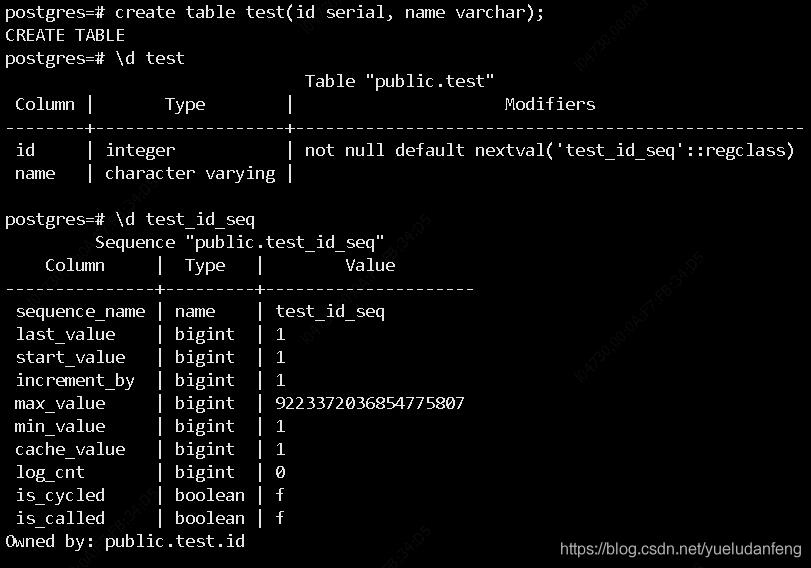

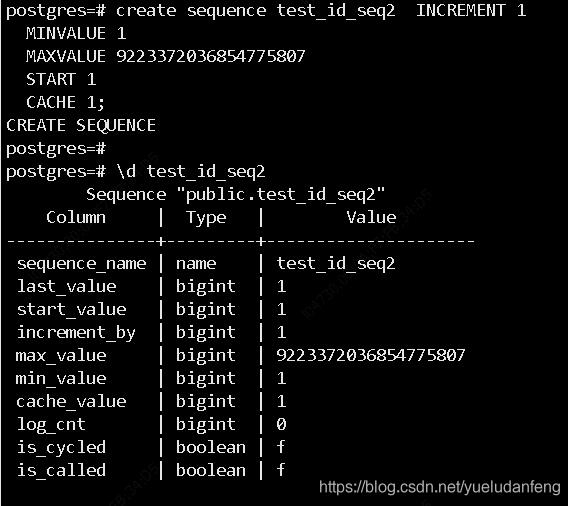
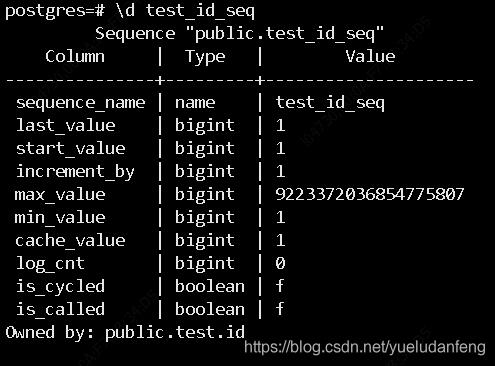
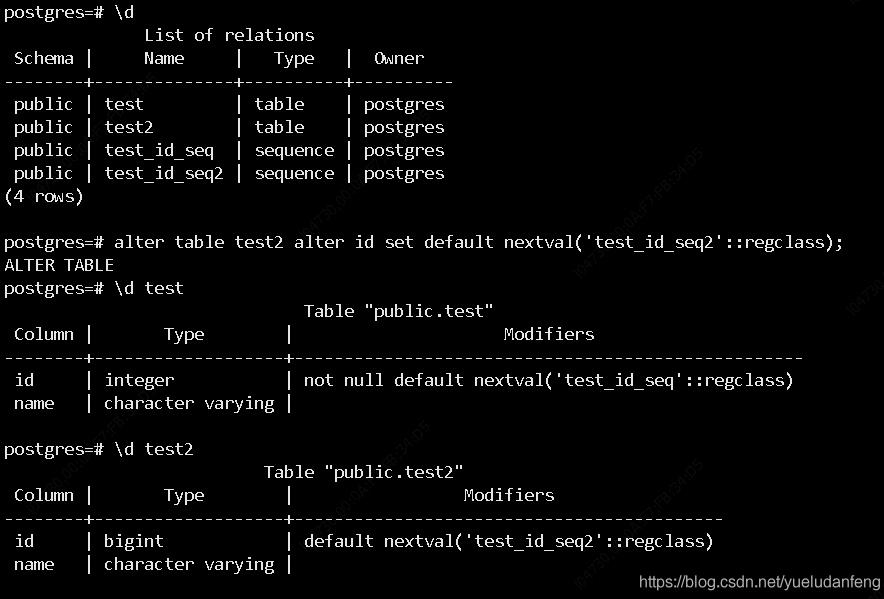
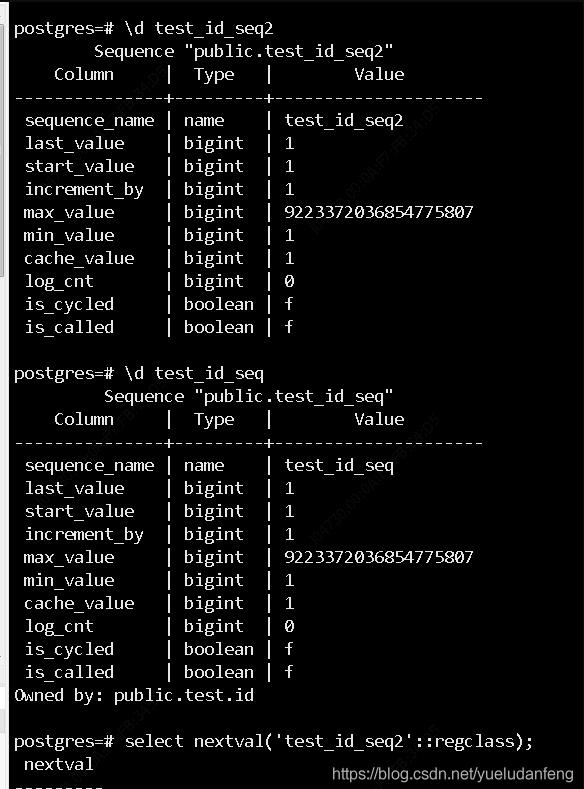
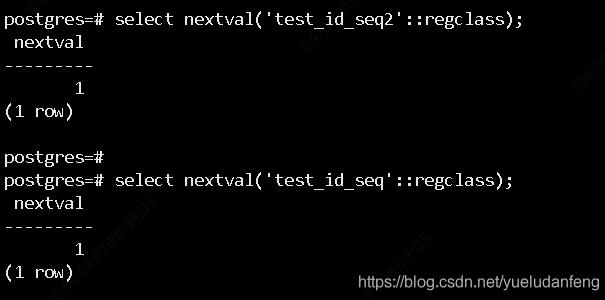
以上为个人经验,希望能给大家一个参考,也希望大家多多支持自学编程网。如有错误或未考虑完全的地方,望不吝赐教。

- 本文固定链接: https://zxbcw.cn/post/205199/
- 转载请注明:必须在正文中标注并保留原文链接
- QQ群: PHP高手阵营官方总群(344148542)
- QQ群: Yii2.0开发(304864863)
